Having a suitable graphics card is essential when using 3D modeling software, whether you’re a professional industrial designer, product design service, architect, or simply a CAD enthusiast. Having a suitable graphics card will not only enhance the experience with your chosen CAD software package, but more importantly, it’ll increase your productivity when carrying out tasks that are more demanding on your workstation’s GPU (graphics processing unit).
The processing time to carry out these highly demanding tasks will be significantly reduced as well as reduce or eliminate any lagging, which can be very frustrating when modeling a complex or large design. Using a high-performance graphics card will improve the following when using 3D modeling software on your workstation:
- Processing time and overall performance when using high demand modeling features found on all major 3D CAD packages such as surface modeling, complex extrusions, lofts, sweeps, and shelling. If your graphics card is not suitable, you may experience lagging or the software not responding when using these features.
- Performance when modeling in a realistic view as opposed to basic wireframe and conceptual views or with complex materials attached, which is a feature available in software packages such as SolidWorks.
- Processing time and performance when creating final renders of models using dedicated rendering software or plugins. Renders can take a significant amount of time to complete; again, this is based on the complexity of the model and the materials attached to the model. A high-performance graphics card will significantly reduce this lapsed time.
- Model assemblies. If the software you use has an assembly feature that allows you to assemble models from separate components, this can be highly demanding on your workstation’s graphics card.
- Zooming and rotating. This sounds like a simple task for your workstation to perform, and it’s an action that is carried out thousands of times when creating a 3D model. But as the model becomes more complex and detailed, the demand on your processor will increase significantly. To prevent lagging when rotating and zooming in on detailed models, a suitable graphics card is essential.
Gaming Graphics Cards vs. Workstation Graphics Cards
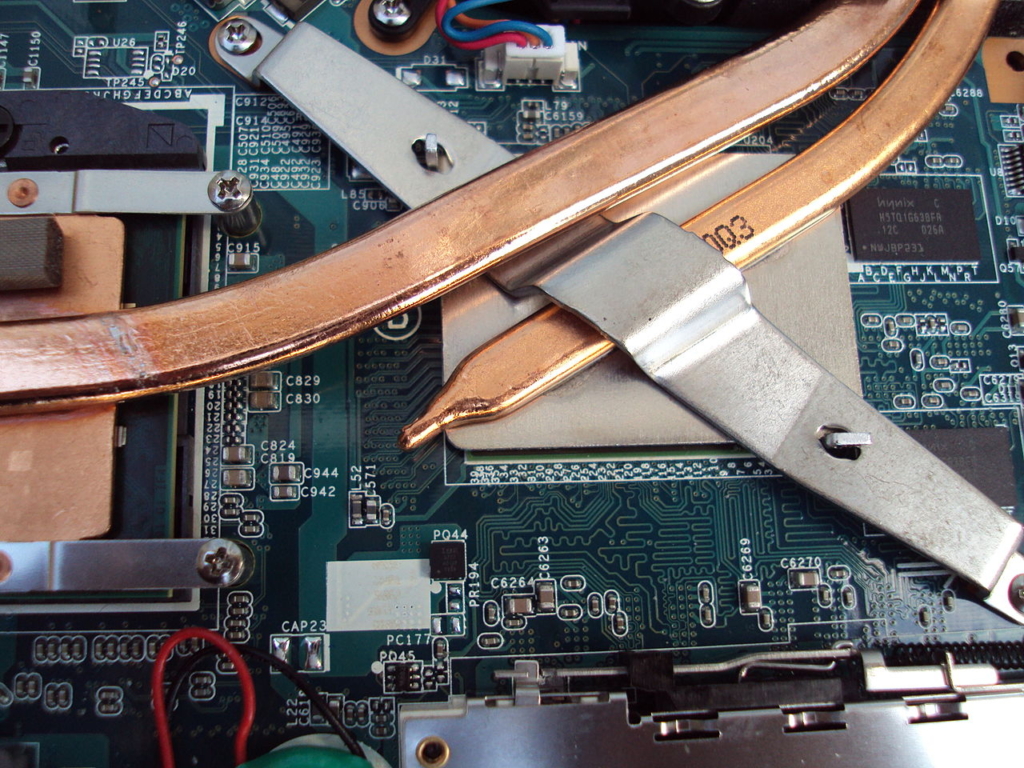
A common mistake made when choosing a suitable graphics card is focusing on the retail price and believing that the higher the price, the better the graphics card must be. You could be spending a lot of money on a card that has little or no benefits to the performance of your workstation when using 3D modeling software because it is, in fact, a graphics card developed for PC gaming rather than workstations.
Graphics cards for workstations will have greater video memory, higher memory bandwidth, and overall higher processing power than those for video game use. So, while a specific card enhances gaming performance, it might not be what you need for CAD, 3D printing design, or similar applications.
What to Look for When Choosing a Graphics Card

When looking for a suitable graphics card for your 3D modeling software package, the first step you should take is to research the recommendations given by the developers of your 3D modeling software. The developer of your software may even recommend a specific graphics card for the version of their software that you are using.
As an example, SolidWorks as a minimum recommends a graphics card with at least 4GB of dedicated memory to run the latest features of SolidWorks 2019. SolidWorks also has a great feature on their website that allows you to follow a series of drop-down menus including the vendor of your workstation, the workstation model, the operating system, and the software version of SolidWorks you’re using. This, in turn, will produce a list of recommended graphics cards from the attributes you have inputted. Similar information for suitable graphics cards can be found for AutoCAD, 3ds Max, and Inventor on Autodesk’s dedicated forum.
Should you be running multiple 3D modeling software packages, the next step should be to get to grips with what specifications make a good workstation graphics card so you can select a ‘best fits all’ card or select a card that is rated higher than the recommended spec if you intend to upgrade your software when updated versions are made available. After all, you don’t want to spend a large sum of money on a card that underperforms after you upgrade to a newer version of your chosen software.
The main aspects of a workstation graphics card you should consider are as follows:
Video memory
Video memory or VRAM is much like the RAM used in the main system of your workstation in that it acts as a temporary storage area for data. Plainly speaking, the more complex a feature of your software is, such as surface modeling, the more temporary data your workstations graphics card will need to store. With this in mind, the more VRAM a graphics card has, the complexity of the tasks your workstation will be able to carry out will be greater and will process in a smaller amount of time. Current high-end graphics cards can be found with up to 16GB of VRAM.
Memory type
The memory type of a graphics card is the type of RAM that is used on the graphics card. Most modern cards use GDDR6 and GDDR5, which is essentially DDR3 RAM that has been optimized for graphical operations. Some basic graphics cards simply use DDR3 RAM but sacrifice a large amount of memory performance by doing so.
GDDR can send more data bits, so in terms of CAD design services, choosing a graphics card with GDDR over DDR will reduce the time your workstation takes to perform final renders and other tasks mentioned previously that require high levels of data to be processed.
Memory speed
The speed of the graphics card’s RAM is typically reported in MHz and is basically how fast the graphics card can access the data stored on the RAM. Generally, the faster the card can access the data, the less time it must wait. In most instances, faster memory speed is better and will again decrease the time taken by your workstation to deal with higher resolutions and complete more demanding tasks.
Base and boost speed
The base/boost speed of a graphics card is the speed at which the card’s core operates and is expressed in MHz. Due to differences in the build of graphics cards, two graphics cards with the same base/boost clock speed of MHz will not necessarily perform the same job in the same amount of time.
However, with all this in mind, a higher base/boost clock speed (MHz) card will always be faster than a lower base/boost clock speed card. Overall, the higher the base/boost clock speed of your graphics card, the faster your workstation will perform all types of CAD operations.
Connections
The connections available on the graphics card and quantity are often overlooked but can be essential when choosing the right graphics card. Most modern graphics cards only use DisplayPort connections so you may need to consider upgrading your display unit so that it is compatible with your chosen graphics card.
Secondly, it is common practice for CAD users to use multiple display units so that multiple parts of a design or model can be displayed at one time. This could be for assemblies at a later date or if you are redesigning a current design, so this is something that also needs to be considered. Does your chosen graphics card have enough connections to support your needs?
What Are the Best Graphics Cards Currently?
When looking for a graphics card for your CAD workstation, two brands are leading the market and are recommended by most CAD software developers. Those brands are AMD and NVIDIA. The current graphics cards produced by these two brands can range from $300 to $3,500. Below are five graphics cards currently available in a variety of price ranges from high to low.
PNY NVIDIA Quadro RTX 500
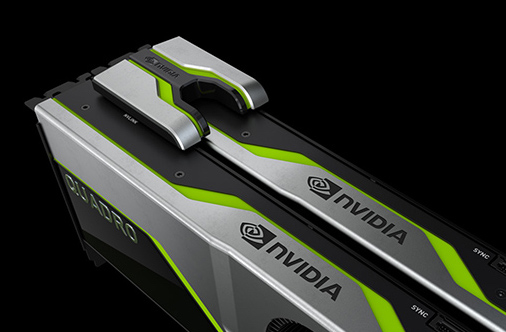
- Price: $2,139.00
- Base / Boost Core Clock (MHz): 1620 / 1815
- VRAM (GB): 16 GB GDDR6 ECC
- Connectors: 4x DisplayPort; 1x USB Type-C
The Quadro RTX 500 is a high-end graphics card with a price tag to suit. At $2,139, it’s ideal for CAD services working on complex designs that require real-time photorealistic graphics for industries such as architecture and automotive design. The Quadro RTX 500 will support deep learning and artificial intelligence features within CAD software, which is a direction that all leading CAD software developers are headed.
With a base core clock speed of 1620MHz and a boost clock speed of 1815 MHz, it will make basic and complex features within CAD software packages feel effortless. Combined with 16GB of GDDR6 video memory final renders and more complex tasks will take very little time to process and complete. The Quadro RTX 500 is more suited to industry professionals pushing their CAD workstation to its limits and would not be recommended for anything less, as the average CAD designer would be spending a lot of money on a graphics card that would not fulfill its potential.
PNY NVIDIA Quadro P5000
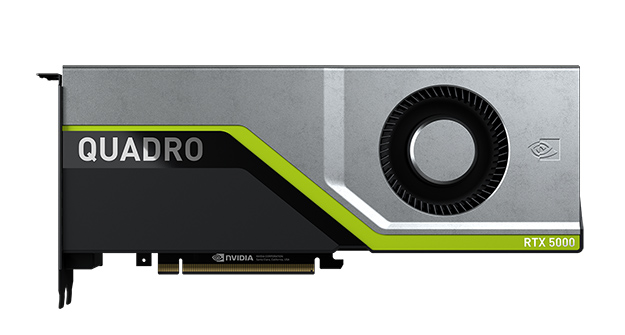
- Price: $1694.99
- Base / Boost Core Clock (MHz): 1164 / 1506
- VRAM (GB): 16 GB GDDR5X ECC
- Connectors: 4x DisplayPort; 1x DVI-I
The Quadro P5000 is again a graphics card suitable for industry professionals that require a graphics card to process and complete demanding CAD software features quickly to improve and sustain the productivity and efficiency of their workstations. It will compute complex and demanding features of all CAD software packages with easy in little or no time at all based on the base and boost clock speeds combined with 16GB of GDDR5X VRAM.
It will make light work of rendering operations and handling of large textures. It is also certified by SolidWorks as a graphics card for use with SolidWorks 2019. Unless the Quadro P5000 is being used in an industry capacity, you could be spending more money than you need to on a graphics card that will never be used to its full capacity.
AMD Radeon Pro WX 8200
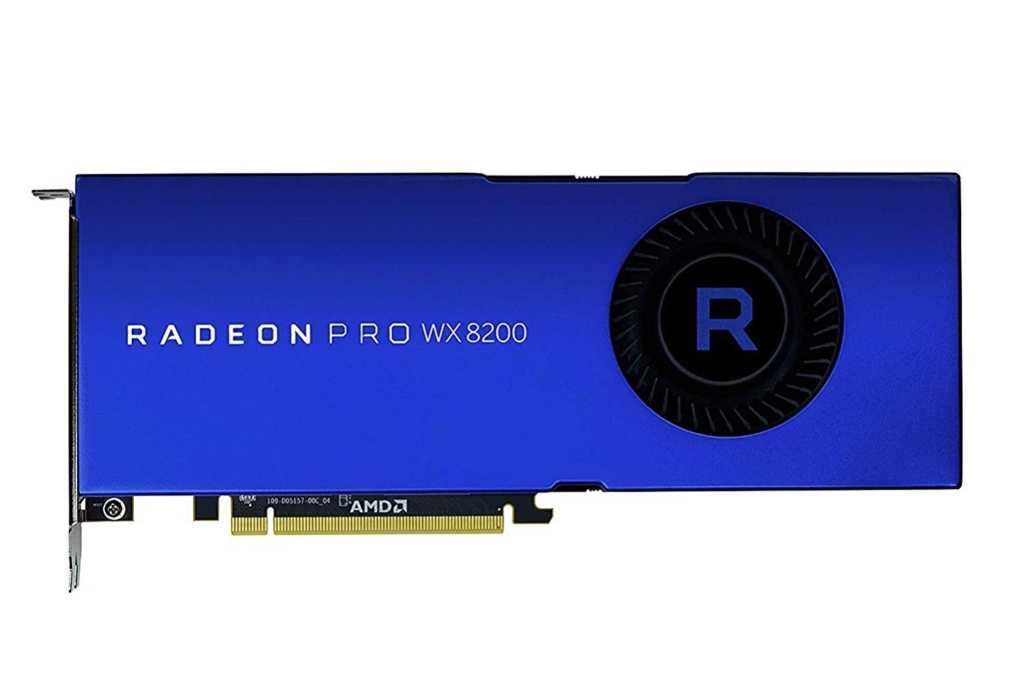
- Price: $999.00
- Base / Boost Core Clock (MHz): 1200 / 1500
- VRAM (GB): 8 GB HBM2 ECC
- Connectors: 4x Mini-DisplayPort
The Radeon Pro WX 8200 from the very reputable AMD retails at a much more reasonable price tag of $999, especially for what the graphics card offers. With a base core clock speed of 1200 MHz and a boost clock speed of 1500 MHz combined with 8GB of HBM2 (High Bandwidth Memory), the card will perform more than well enough for application in an industry setting.
On par with the NVIDIA P5000 with a total bandwidth of 512 Gbps, the Radeon Pro WX 8200 will make light work of the standard features within all 3D modeling software as well as tackling features requiring more processing power. Again, the switch from a stock graphics card to the Radeon Pro WX 8200 will greatly increase your productivity, efficiency, and the performance of your workstation along with a very competitive price tag.
The life span of the card, however, may be limited based on the ever-increasing presence of artificial intelligence being introduced into CAD software packages. A drawback with the card is that it is only fitted with Mini-DisplayPort connectors. However, adapters are available to connect your display unit(s).
NVIDIA Quadro P2000
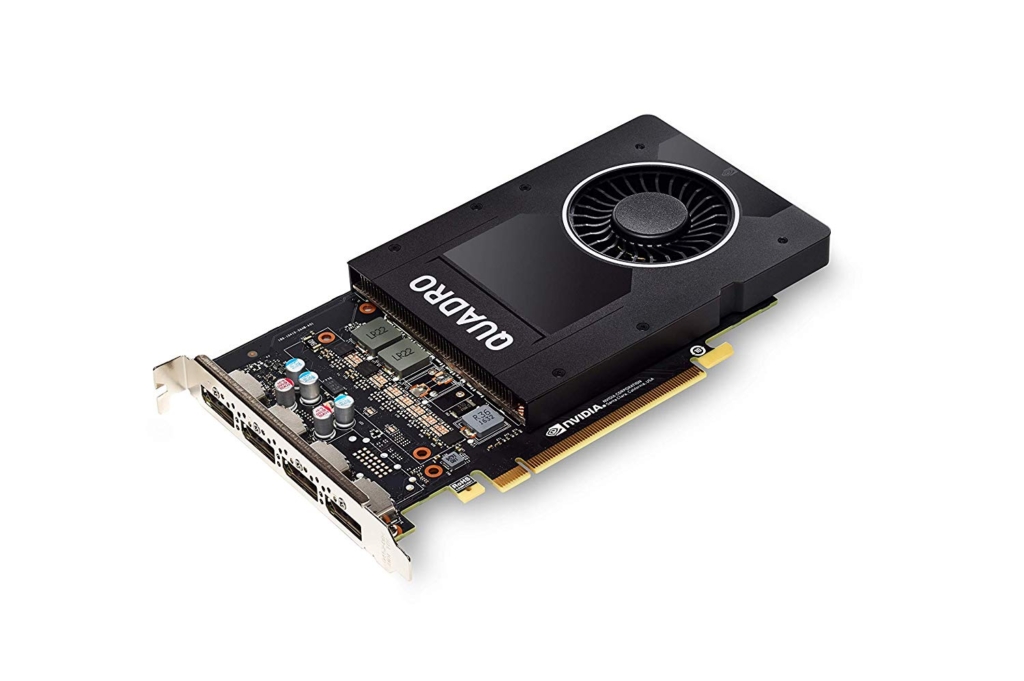
- Price: $509.00
- Base / Boost Core Clock (MHz): 1076 / 1480
- VRAM (GB): 5 GB GDDR5 ECC
- Connectors: 4x DisplayPort
The Quadro P2000 is described as an entry-level graphics card. However, depending on your industry and the complexity of the designs being created, the card will still perform well enough in an industry setting to carry out tasks such as modeling complex parts for a larger assembly and carrying out renders of single models.
The Quadro P2000 would be ideal for a freelance 2D CAD drafting service looking for a cost-effective solution to increase their productivity and the performance of their workstation. With a base core clock speed of 1076 MHz and a boost core clock speed of 1480 MHz, you will find the basic functions of any 3D modeling software such as extrusions will process much quicker.
AMD Radeon Pro WX 5100
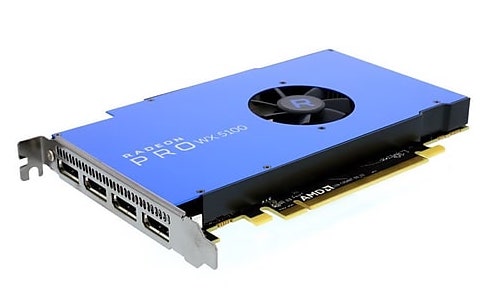
- Price: $348.40
- Base / Boost Core Clock (MHz): 713 / 1086
- VRAM (GB): 8 GB GDDR5
- Connectors: 4x DisplayPort
The Radeon Pro WX 5100 is described as being just above entry-level. But again, this would be well suited to a freelance 3D modeling designer looking to improve the performance of their workstation that currently uses a stock graphics card.
The 8 GB of GDDR5 video memory will allow you to create designs that require more data to be stored temporarily, for example, designs or models with lots of sweeps and fillets. The base core clock speed and the boost core speed is significantly lower than the aforementioned cards, which will affect the speed at which your workstation will process the more demanding CAD software features such as surface modeling.
Again, the lower clock speeds will affect the time taken to carry out final renders of models, but you will still experience a marked improvement in comparison to a stock graphics card. Overall, the Radeon Pro WX 5100 is a fantastic graphics card for the price at which it retails at.
Cad Crowd’s 3D Rendering Freelancers Use Only the Best
At Cad Crowd, we have the privilege of working with some of the best 3D rendering freelancers in the world. They are masters at their craft, excelling in programs such as 3ds Max and SolidWorks. To use these programs effectively, they also use high-quality graphics cards to get your work to you fast.
If you like what you hear, find out how it all works or contact us for a free quote.
